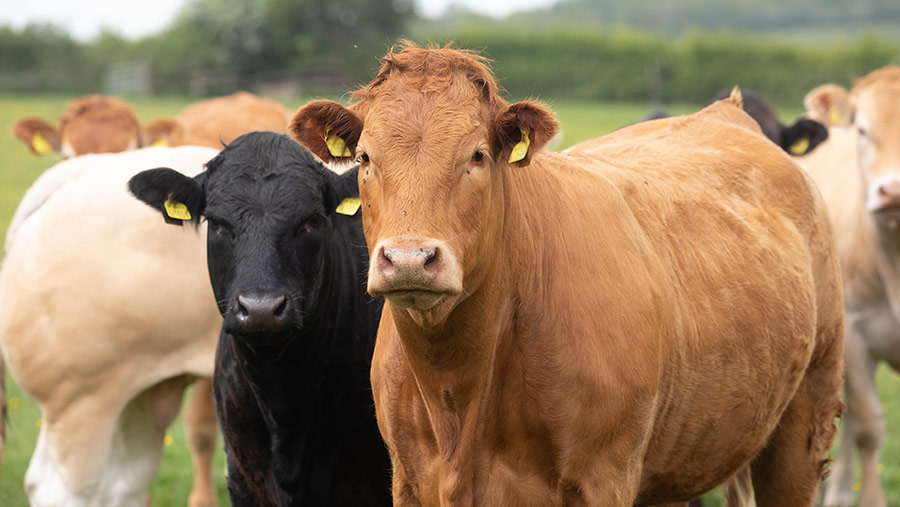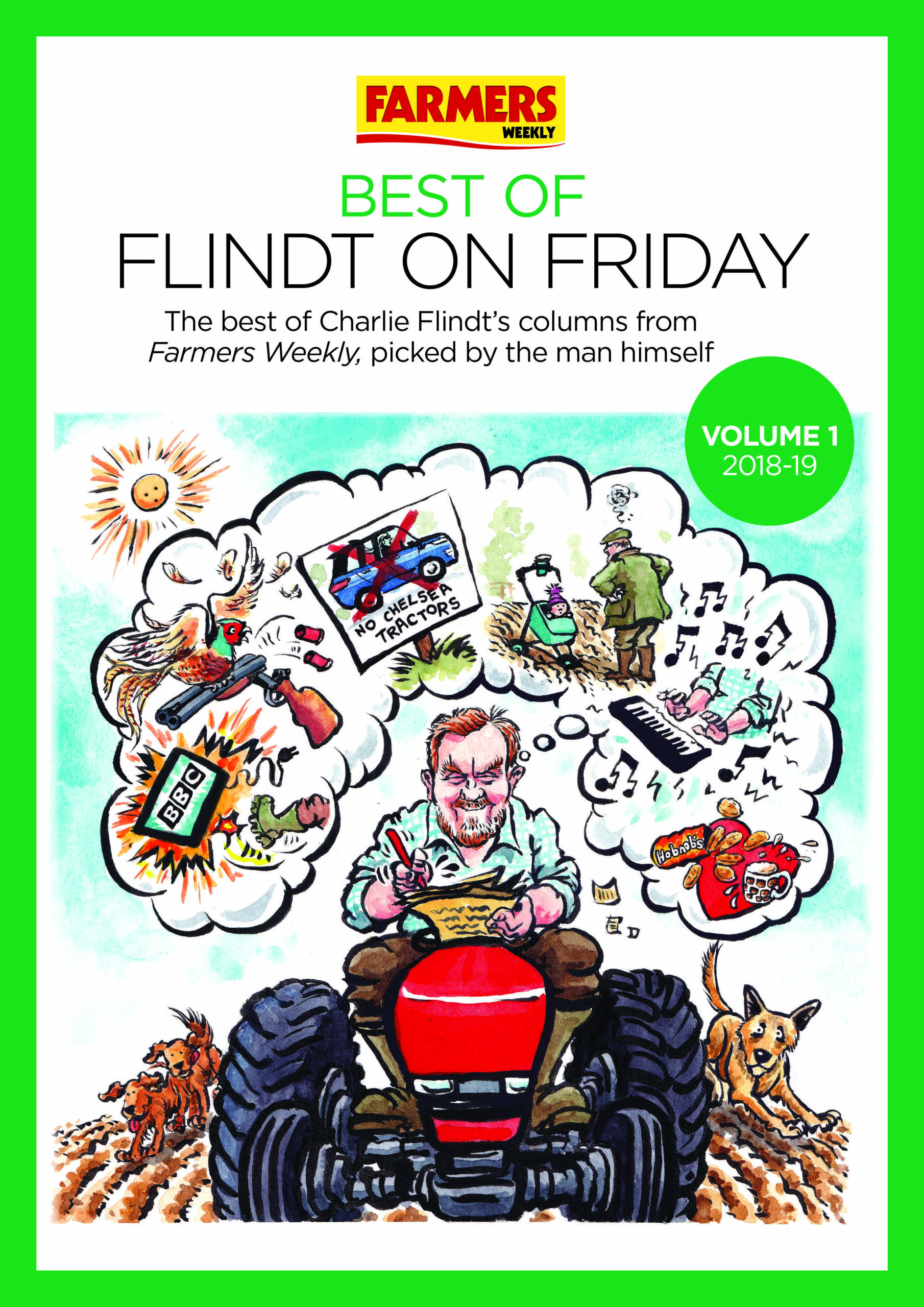Opinion: We must focus on suckler cow fundamentals
 © Tim Scrivener
© Tim Scrivener It is no secret that suckler cows and growing grass are two of my favourite things.
Luckily for me they go hand in hand – like Tom and Jerry or fish and chips – and despite the many headaches each can cause, I find both good for the soul.
This is why the current decline in the national suckler cow herd has got me thinking.
See also: James Herrick – memories of my granddad and a bygone era
It seems a relatively accepted idea within farming that suckler cows are a loss-making enterprise, with one Farmers Weekly contributor recently stating “it’s like taking money out of one pocket and putting it back in the other”.
I can’t help but feel a lot of this is down to the way we are paid for our produce.
Farmers have become fixated on the idea that hitting the premium grade on the Europ grid is the key route to profitability, and so often overlook many of the aspects that actually do contribute.
That, coupled with a high cull cow price, has created a perfect storm for farmers looking to “get out”.
In order to hit the highest paying grades and market-topping prices, suckler cow farmers have looked towards terminal continental breeds with lower natural fertility, leaner fat depth, larger mature cow weights, and various troublesome myostatin gene variations.
In turn, we have let slip the very fundamentals that allow for profitability: fertility, calf vigour, stocking density, natural fleshing ability, longevity and, dare I say it, eating quality.
A change in the way farmers are paid would help regenerate and reinvigorate the suckler cow industry.
The sector would benefit from a move away from the Europ grid to an American or Australian system that financially rewards eating quality, in turn driving a move towards more maternal traits within our suckler systems.
This subject probably isn’t one that can be fully dissected in one column, and will likely come up against much criticism.
However, if we are to see the suckler herd not just survive, but thrive, the industry as a whole must assist farmers, and I think this is one way they could do that.


